Child-centered architecture, designed with careful consideration of children’s ages, ergonomics, developmental needs, and play requirements, plays a vital role in supporting children’s emotional and cognitive development. Spaces designed for children should be distinct from those for adults, offering engaging designs that foster exploration, curiosity, and imagination.
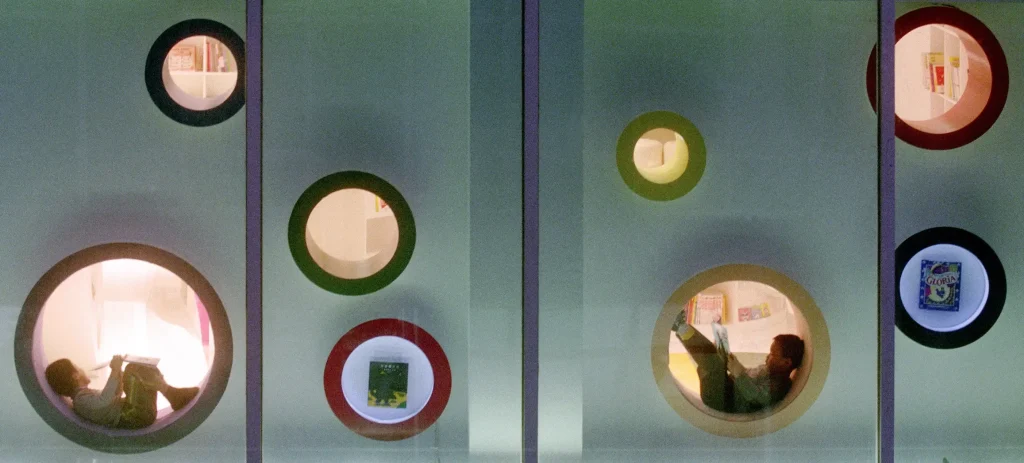
The spaces where a child spends time are of great importance in the development of their learning and communication skills, as their cognitive and motor skills develop at an early age. Therefore, spaces designed with child-friendly architecture should be tailored to meet the unique needs and developmental characteristics of children.
Factors to Consider in Child-Friendly Architectural Design:
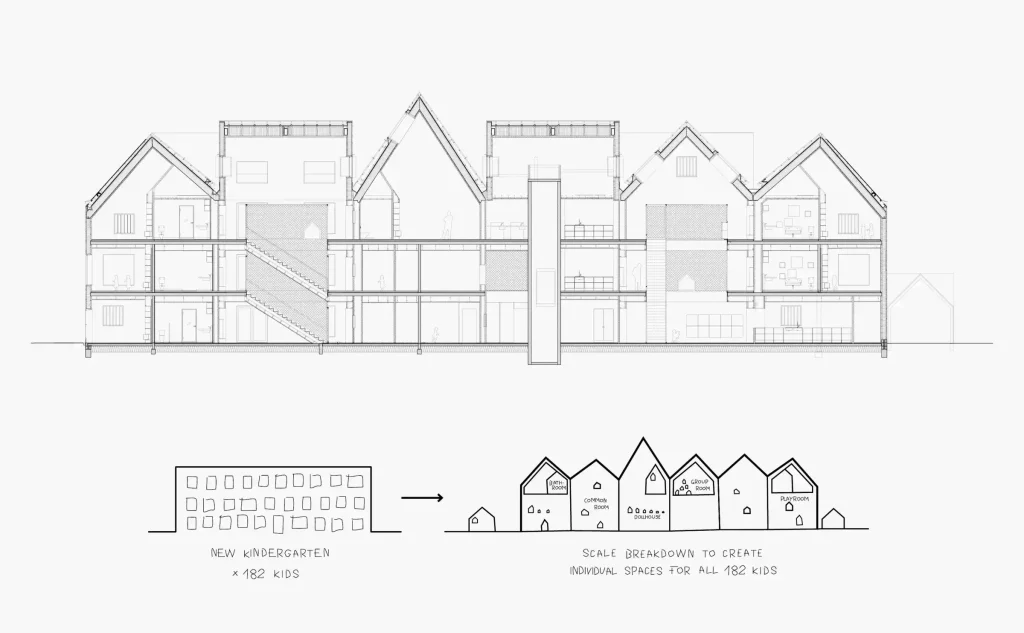
It’s crucial to recognize that children of varying ages have distinct developmental needs and preferences. Design elements should be tailored to accommodate these differences, from infants to teenagers.
The design of spaces that foster creativity and support learning through play enhances children’s development.
The spaces where children spend time should be safe. Elements that may cause falls should be avoided, and soft materials suitable for children’s ergonomics should be selected.
Interior designs should be designed in a scale appropriate to the child’s height so that children can move independently and interact with the space more easily.
It is important for children, who should not be limited to a single space for their development, to be in spaces that offer unobstructed outdoor views and receive direct sunlight.
To prevent visual overload and to assist children in decision-making, child-friendly designs should avoid excessive variety of colors and textures.
Here are 7 remarkable architectural projects designed for children:
Kid’s Republic:
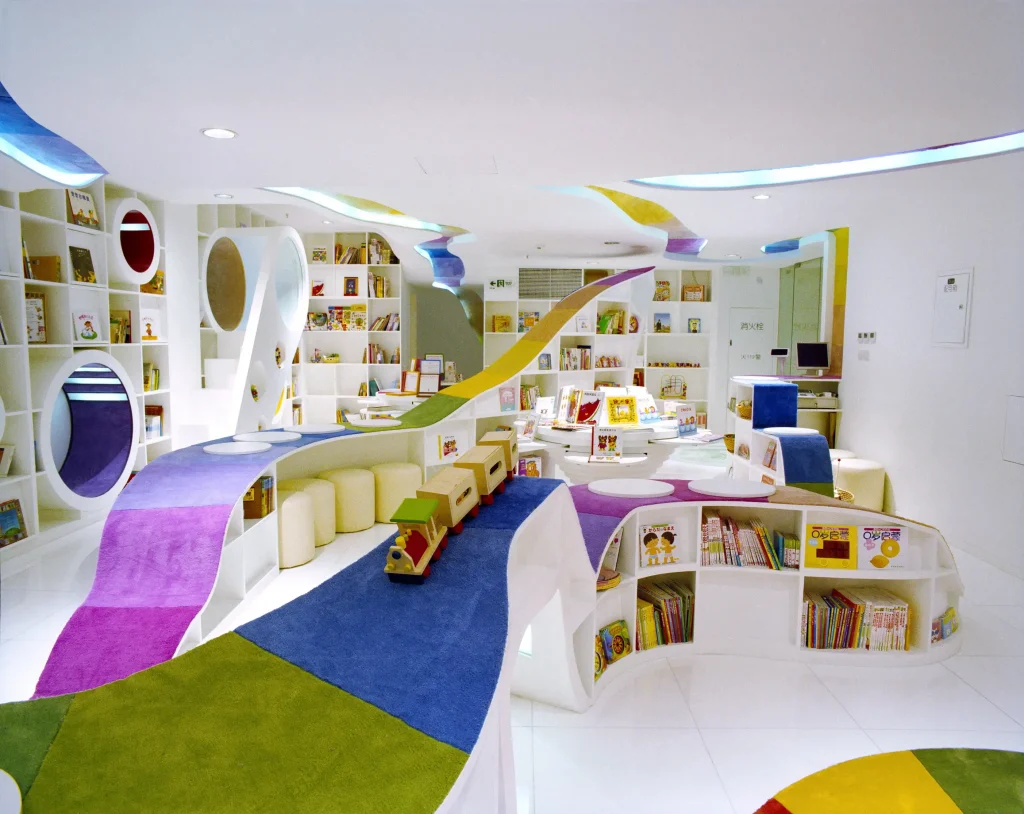
Location: Beijing, China
Architect: SAKO Architects
Year: 2005
Kid’s Republic, which has an activity room on the first floor and a children’s bookstore on the second floor, is a remarkable example of child-friendly architecture. Designed to create a creative, safe, and educational environment for children, Kid’s Republic’s activity room is a rainbow-themed space connected by 12 colorful rings. This area, where activities such as storytelling sessions and animation shows are held, is covered with carpet so that children can lie down freely.
The walls and ceilings feature recesses with lighting fixtures and displays, while the stepped floor creates a natural stage and auditorium. A 100-meter-long rainbow-colored ribbon, starting from beneath the stairs near the entrance, transforms into various objects such as bookshelves, tables, doors, and ceiling elements as it winds its way up to the second floor.The holes of different sizes opened in the bookshelves leaning against the wall are designed as gaps that can be used as windows for children to read.
In the interior design of Kid’s Republic, there is no idea of ??the floor, ceiling and furniture being formed in different components with the desire to create a certain order in the adult world. Interior spaces designed without distinction between children’s reading and playing have become more intuitive and free.
Frederiksvej Kindergarten
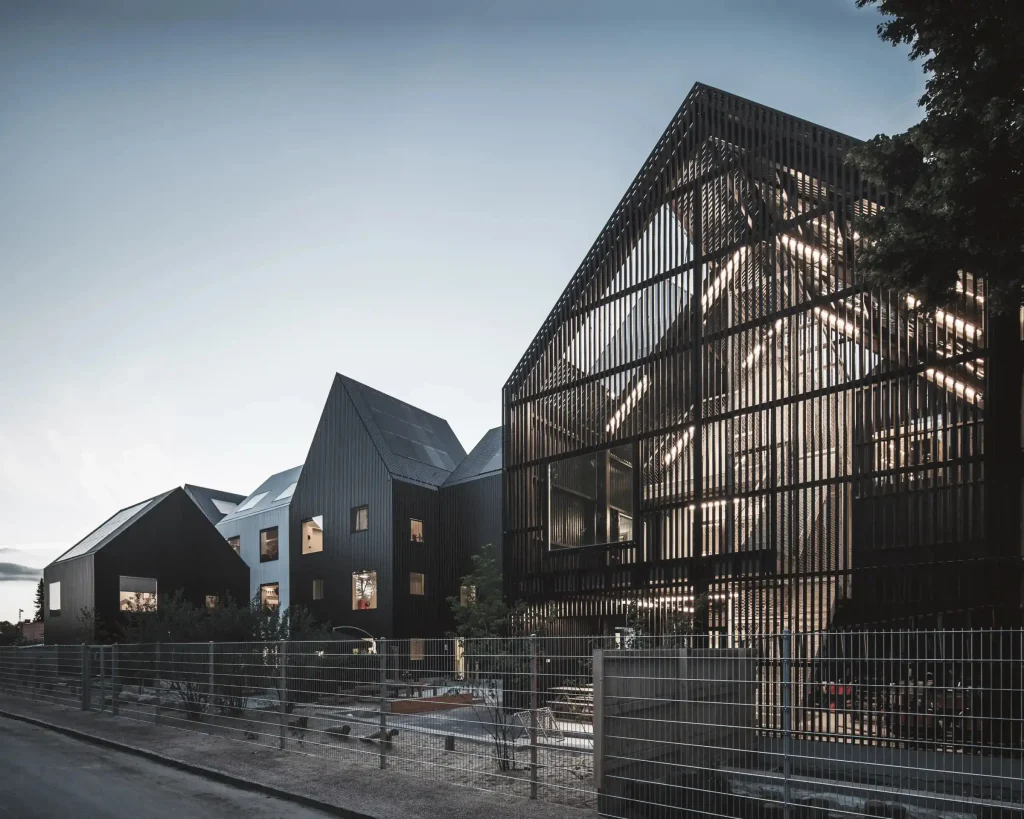
Location: Copenhagen, Denmark
Architect: COBE Architects
Year: 2015
Designed to serve 182 children between the ages of 0-6, Frederiksvej Kindergarten offers spaces shaped according to the learning and play needs of children. Aiming to create a miniature village for children, the design is divided into 11 small houses, creating an architecture that is easily understandable for a child’s perspective. Inspired by the simplicity and purity of children’s drawings, the kindergarten offers children the opportunity to set up small individual play areas.
With its design centered around two winter gardens and consisting of 11 units, Frederiksvej Kindergarten has a consistent and simple design. The atriums located at both ends of the building, connecting different floors and group rooms, also serve as central gathering points. The large kindergarten building, divided into three floors, is designed to provide easy access to the playground, with each floor having its own outdoor space.
The interior design of the kindergarten consists of several small and different worlds for children. Beds, toilets and play niches are all designed in accordance with the concept of a small village environment as small houses with sloping roofs. Designed with the concept of a village with a playground where children can find a safe and homely place, Frederiksvej Kindergarten is a remarkable example of child-friendly architecture.
Lolly- Laputan Educational Restaurant
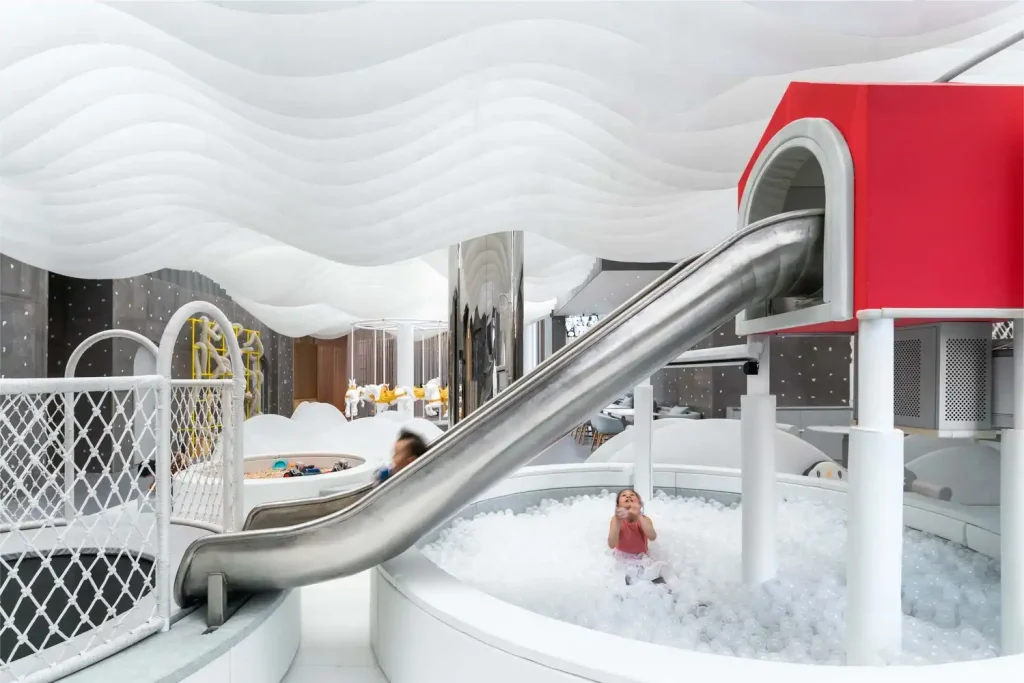
Location: Dalian, China
Architect: Wutopia Lab
Year: 2019
Inspired by the fairytale country drawn by his daughter, architect Wutopia designed Lolly, China’s first educational family restaurant. The restaurant’s exterior is covered in overlapping aluminum panels with various-sized holes, creating undulating waves. These panels, which surround the various entrance points of the building, create a world between reality and dreams for children. The front lobby is a circular space that offers a forest experience with thick layers of leaves made of 1000 suspended acrylic tubes in a ring formation.
The central area called Cloud Town is covered with undulating white acrylic panels extending across the floor and ceiling. Designed as a unique play space for children, this center is filled with a series of wooden structures in the form of houses, complete with miniature kitchens and supermarket playsets, among acrylic tree houses, slides, and a ball pit hidden within a “cloud ocean.” The dining area surrounding Cloud Town is enclosed by gray panels and furnished with pale blue fabric benches and chairs.
The Golden Castle, which can be reached by a short flight of stairs, is a quiet dining area designed for children, decorated with artificial candle lights and shiny silverware. The Golden Castle, which is located away from the center, creates a small area where children can have some privacy with their friends. The red velvet curtain on the opposite side of the room opens up to reveal a stage for performances. This area where children can dance is decorated with wooden floors, neon lights and a crystal chandelier. Completely designed according to a child’s imagination, the restaurant’s toilets are also decorated in accordance with child architecture; the girls’ are themed with cotton candy, while the boys’ are themed with space.
Designed as a place full of discovery where food and education come together, Lolly- Laputan Educational Restaurant is a design that not only offers a dining experience, but also nourishes children’s minds and encourages them to think creatively.
Fun Maze
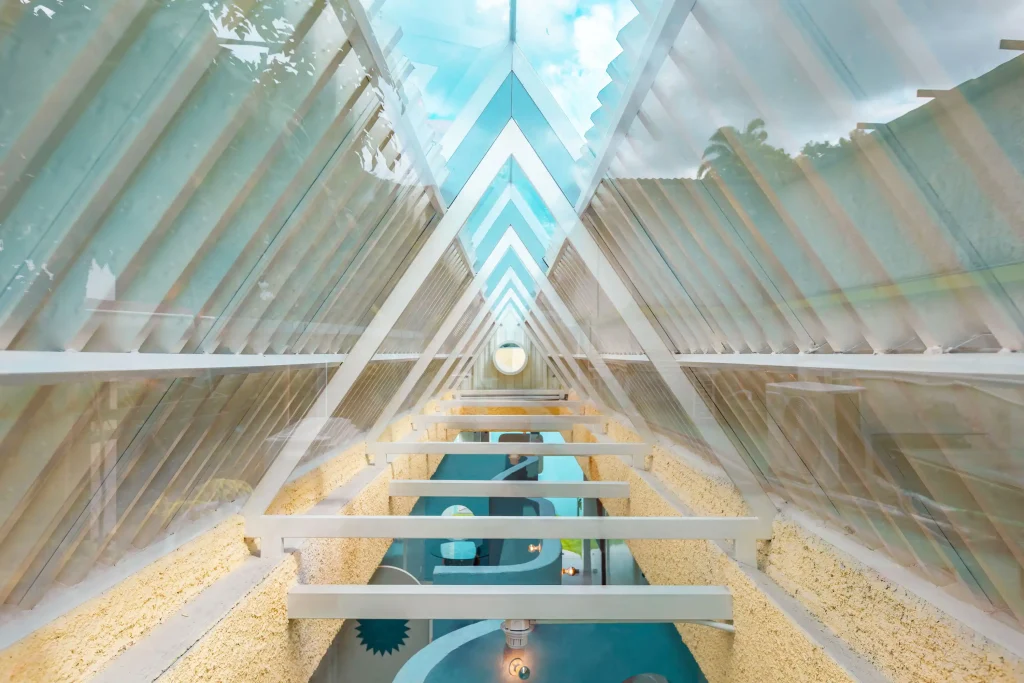
Location: Caracas, Venezuela
Architect: Atelier Caracas
Fun Maze, which was built as a motor therapy and rehabilitation center for mentally disabled children, has an inclusive and fun architecture. Fun Maze, which transforms therapy areas into linear parks where children, parents and therapists can spend time together, is designed with striking vibrant colors and geometric shapes for children. Adorned with fun spherical windows, the curved turquoise walls create a labyrinth-like feel, guiding visitors freely throughout the space.
The 187 square meter indoor interactive corridor, designed to encourage interaction between children, therapists, parents, and even pets through scale, light, and space, features consulting offices, sensory therapy rooms, and communal areas. Designed like a labyrinth to be explored in this way, Fun Maze is designed as a fluid space connected to each other, far from gloomy corridors and separate rooms. The metal beams of the roof covered with galvanized sheet metal can be seen from every room. With a long skylight running down its center, this sloping roof allows for plenty of natural light. Playing an active role in the mental and physical development of children by combining therapy with play, Fun Maze is a remarkable example of child-friendly architecture.
Tuxtla Gutierrez Children’s Museum
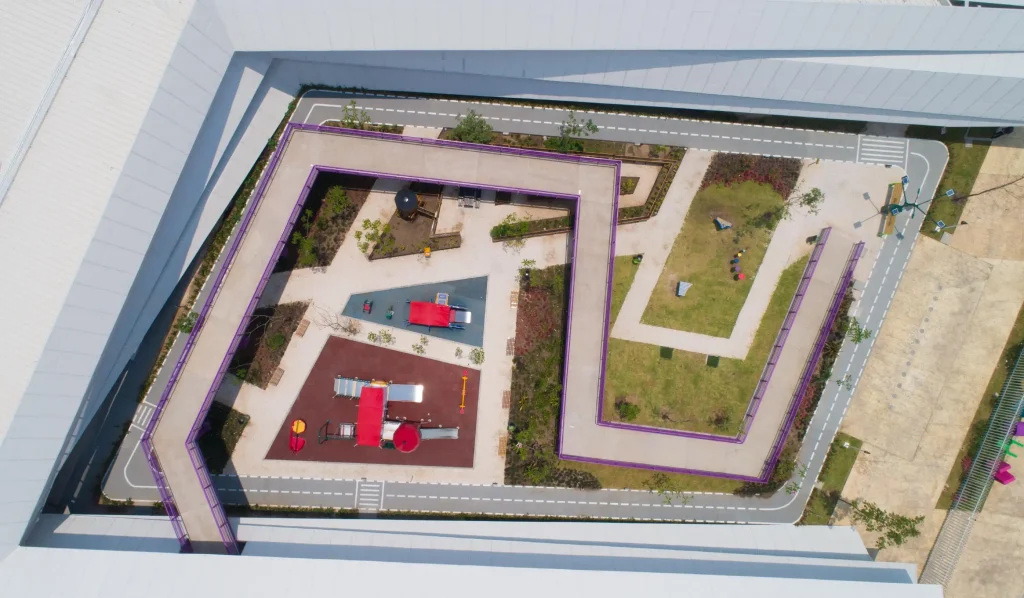
Location: Chiapas, Mexico
Architect: C Cubica Arquitectos
Year: 2018
Tuxtla Gutierrez Children’s Museum is an interactive learning center that aims to provide children with information about natural and cultural biodiversity while having fun. The museum, which includes many thematic areas that will contribute to children’s education, is designed with a horseshoe-shaped plan surrounding an open central park. The two-story building features an access plaza, ticket office, a 105-seat auditorium, retail area, cafeteria, workshops, and restrooms on the ground floor, while the upper floor houses permanent exhibition halls, two workshops, a terrace, and administrative offices.
The interior of the museum, which offers children the opportunity to be in touch with nature while playing thanks to its large windows, has been designed interactively so that children can learn different subjects while having fun. Energy efficiency is at the forefront in the design of the museum, where national materials such as stone slabs and expanded metal sheets found in the region are used efficiently.
Horismos
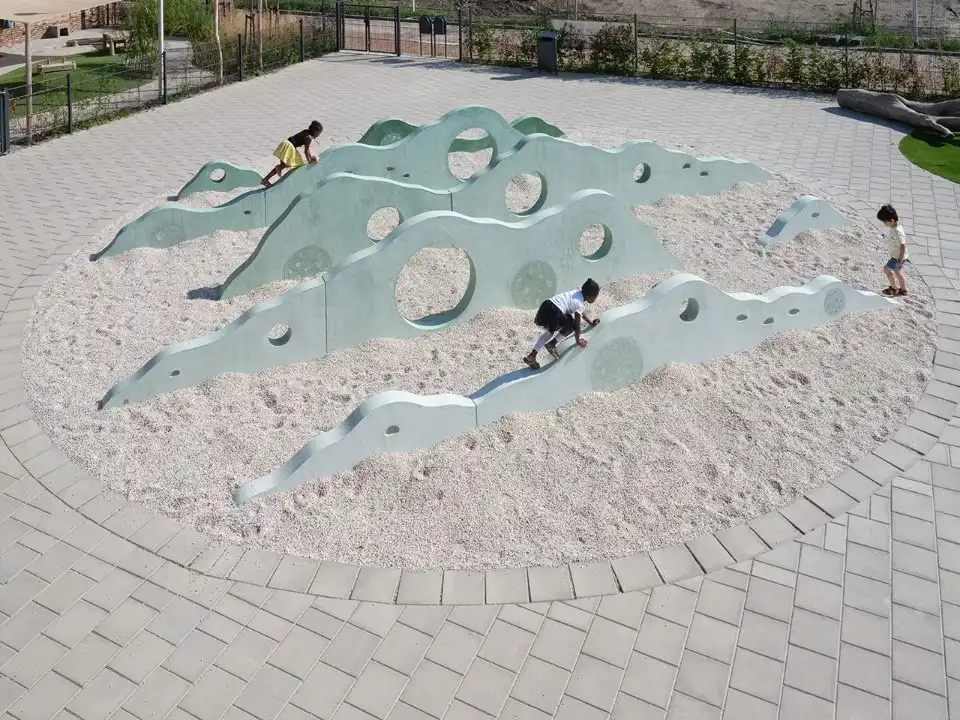
Location: Vleuten, Netherlands
Architect: Studio Ossidiana
Horismos, a playground designed for a primary school in Vlueten, has a creative design that aims to develop children’s imagination. Made of colored concrete, this playground is designed at the height of the children. These tactile surfaces and playful shapes that allow for different ways of exploring encourage children to discover new ways of playing rather than dictating what they should do.
Composed of mountain-like concrete elements creating an undulating landscape, the playground is the size of a room for children, while serving as a passageway for adults. These undulating spaces, which have several round openings, can function as a labyrinth for children to climb or pass through, and as a place to hide. The project, which is completed with a circular area with steps made of pink concrete, is a remarkable example of child-friendly architecture.
EcoKID Kindergarten
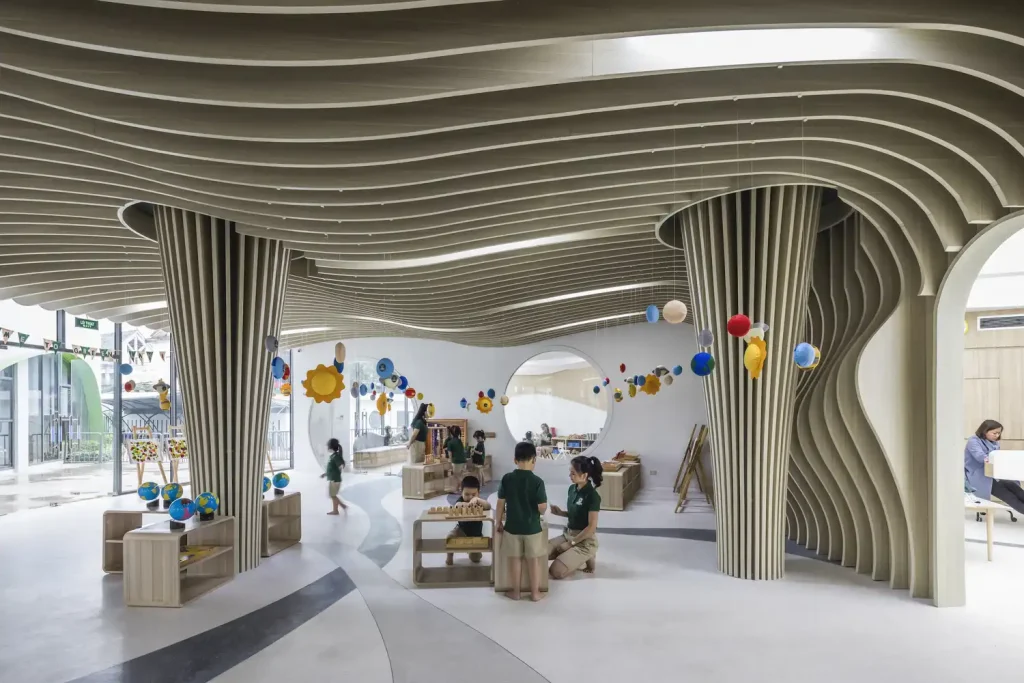
Location: Vinh, Vietnam
Architect: LAVA
Year: 2019
EcoKid Kindergarten is a child-friendly architectural design that encourages interactive learning with nature, featuring organic shapes, simple architectural lines, primary colors, and age-coded facades. The kindergarten, which consists of 3 separate buildings in a semicircular form, is connected to each other with Y-shaped pedestrian bridges. The curved form of the structures connects the interior spaces with the courtyards that are focal points and maximizes the view of Goong Lake.
The circular windows framed with primary colors placed in different sizes and heights according to the needs of different age groups create an attractive space for children on a white backdrop. Indoor and outdoor play areas, a sports center, and a swimming pool support children’s physical development, while art classes, music rooms, kitchens, and libraries nurture creativity. Playful fluid shapes and dinosaur-like ribbed surfaces on the classroom ceilings add to the fun.
EcoKid Kindergarten is a child-friendly building that aims to educate children while also promoting their physical, mental, and emotional development, immersing them in nature and encouraging active learning.
Learn with PAACADEMY: Check out the workshops at PAACADEMY to learn from the industry’s best experts how to use advanced parametric design tools, AI in design workflows, and computational design in architecture!




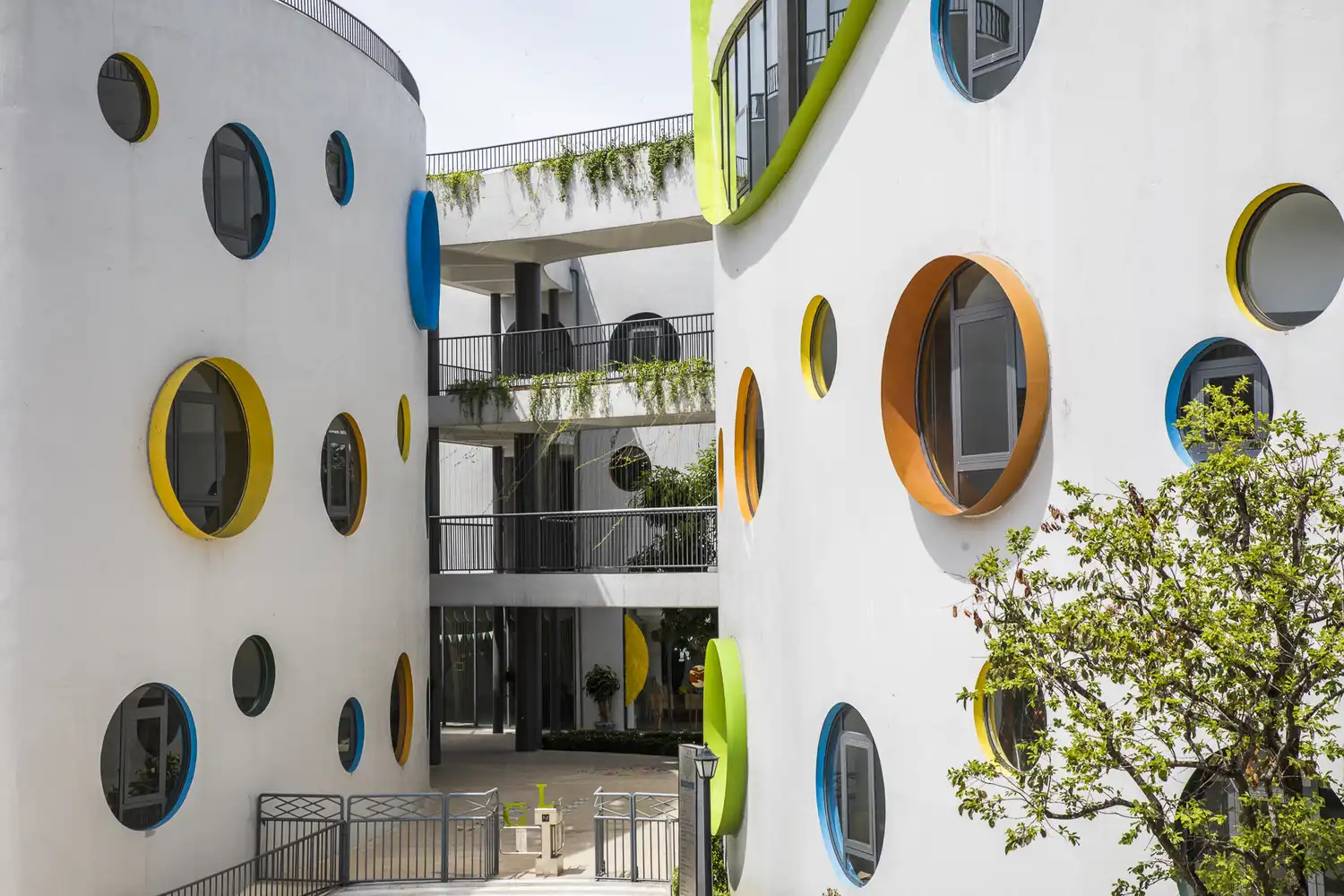















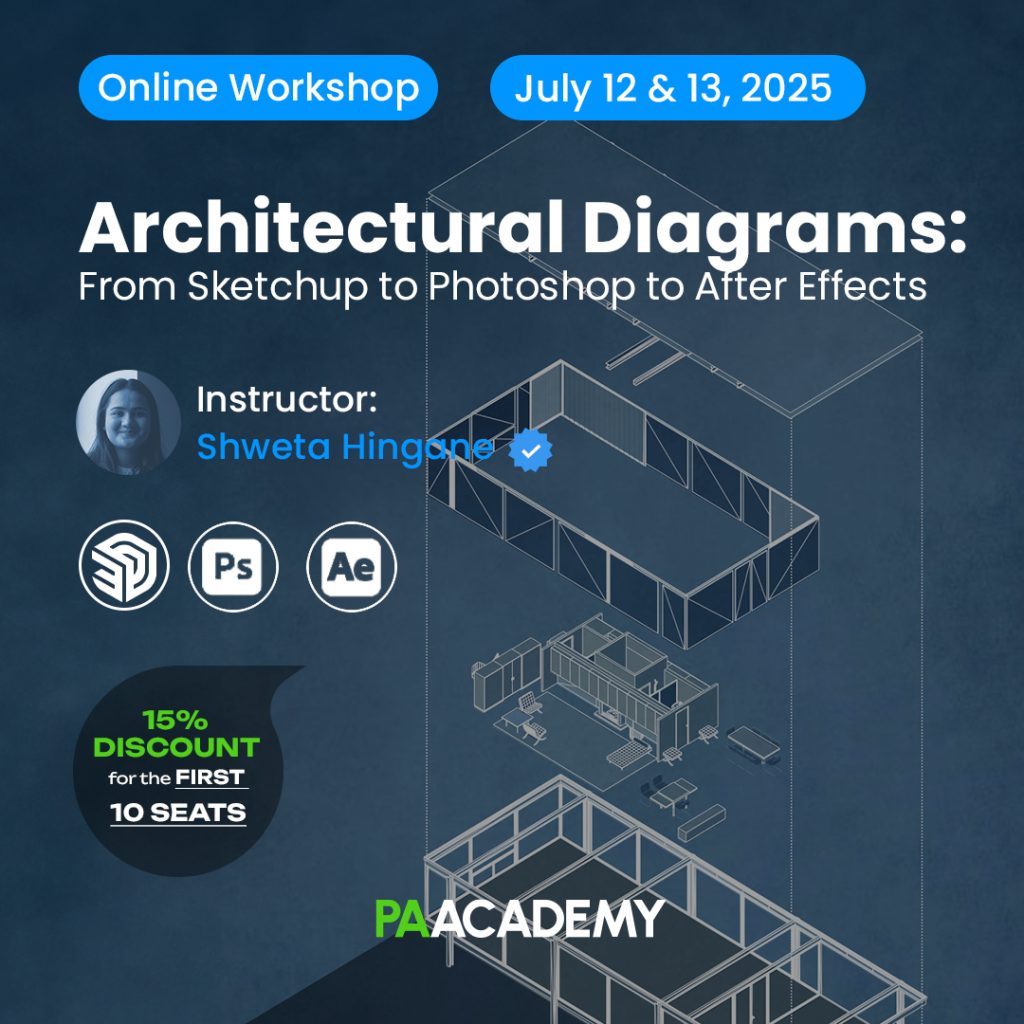








Leave a comment